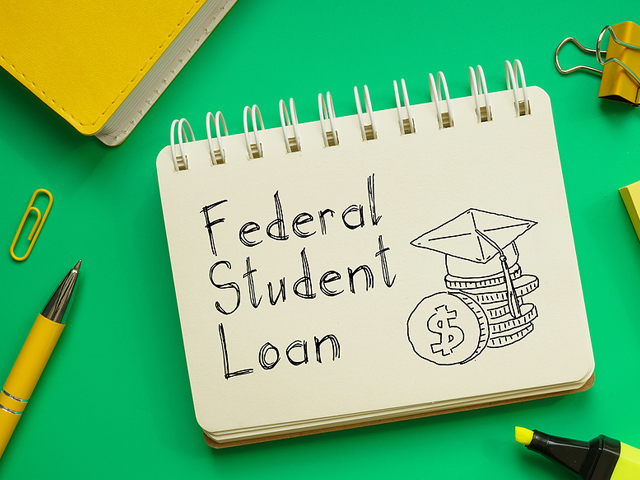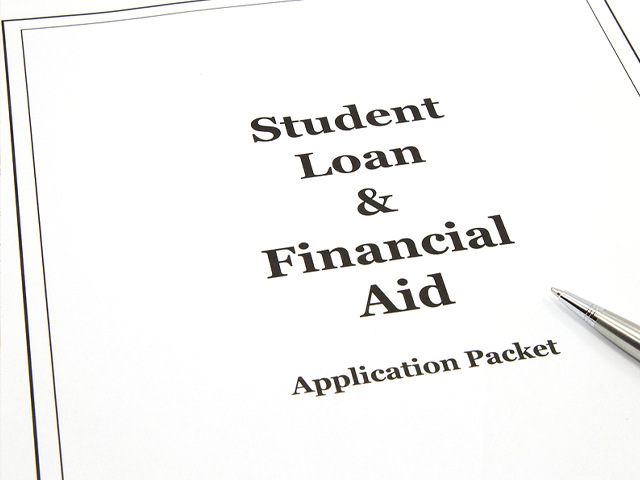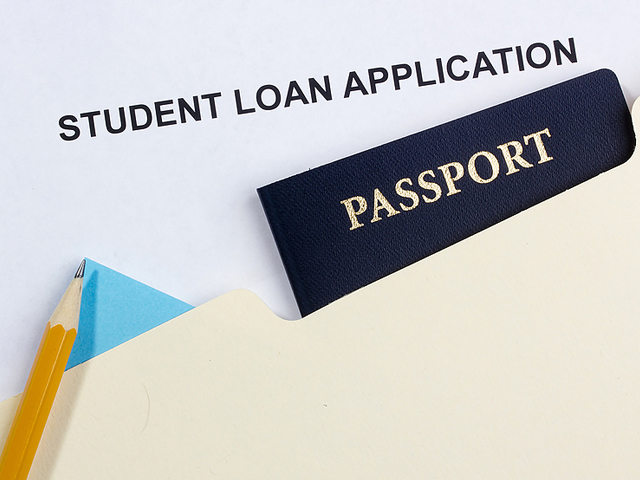
A loan refers to money that you borrow and have to pay back with additional interest. When you apply for financial aid for college or post-secondary education, your school’s financial aid offer may offer loans.
It is essential to read the fine print if you decide to pursue a loan. Understand who the lender is making the loan and the terms and conditions it comes with. There are different loans available. Student loans can come from private locations including banks, other organizations, or financial institutions and student loans can come from the federal government.
Federal student loans and the loans made by the federal government. Typically, they have more benefits compared to loans from other private sources or banks. Discover more about the differences between federal and private student loans so that you can make the best choice.
What Kinds of Federal Student Loans Are Out There?
The federal student loan program from the U.S. Department of Education is the William D. Ford Federal Direct Loan (Direct Loan) Program. With this particular program, your lender is the U.S. Department of Education.
- Direct PLUS Loans are available to professional or graduate students and also parents of dependent undergrad students to help cover education expenses not paid for by other financial aid. A credit check is required, and eligibility is not based on financial need. Individuals who have an adverse credit history must meet extra requirements for qualification.
- Direct Consolidation Loans enable you to consolidate all of your eligible federal student loans into one loan and one loan servicer, which can greatly simplify things.
- Direct Unsubsidized Loans are an option for eligible graduate, undergraduate and professional students; however, eligibility is not based on finances.
- Direct Subsidized Loans these loans are for eligible undergrad students to help them pay for the costs of higher education at career school or college, who can demonstrate financial need.
How Much Can I Borrow In Federal Student Loans?
The amount of funds you can obtain depends on if you are a graduate student, a parent, an undergrad, or a professional student.
If you are an undergraduate students’ parent, you may obtain a Direct PLUS Loan for the rest of your child’s college costs that are not covered by additional student aid, as determined by their school.
The maximum amount available to borrow every year in Direct Unsubsidized Loans and Direct Subsidized Loans is between $5500 to $12500 each year. This amount takes into consideration your dependency status and what year of school you are in.
Professional and graduate students may be able to borrow up to $20500 every year via Direct Unsubsidized Loans. Direct PLUS loans may be used for the rest of your college costs, determined by your school which is not met by additional financial aid.
What Is the Benefit of Federal Student Loans?
Federal student loans can help you invest in your future career. While it can be nerve-wracking to borrow money via loans, don’t be scared, just be smart about it and get the facts first.
There are numerous benefits that student loans offer when compared to other payment options for college costs:
- Your interest rate on federal student loans is way lower than a credit card and it is at a fixed interest rate. This is typically lower compared to interest on private loans.
- Your repayment process for federal student loans doesn’t begin until after you drop below half-time studies or leave college.
- The government pays the interest on certain loan types during school attendance and for some timeframes after school if the borrower demonstrates financial need.
- You don’t require a co-signer or a credit check to be eligible for most federal student loans.
- Working at certain jobs may allow you to be eligible to have some of your federal student loans forgiven if specific conditions are met.
- These loans feature flexible repayment options and postponement opportunities in the event you are having difficulty making your payment.
Federal Student Loan Considerations
Prior to undertaking a student loan, it is essential to understand the legalities involved. Your loan is a legal obligation. You, the borrower, are responsible for repaying back the amount you borrow plus additional interest. It is vital to understand your obligations from the beginning, even though your repayment responsibilities won’t be starting until a later date.
How to be a responsible borrower:
- Keep details on the amount of funds you are borrowing. Understand how the loan amount will affect your future finances and what your repayment plan will look like. Once you graduate, your student loan repayments should only be a tiny percentage of your salary. Never borrow more than you require for school expenses only.
- Keep copies of your loan documents in a secure location and understand your loan terms. Note that by signing the promissory note, you agree to repay the loan according to the terms even if you do not finish your education or secure a job once your program is done. You are responsible to repay the loan even if you do not approve of the education you received.
- Discover starting salaries in your field of expertise. Look into the starting salaries of recent grads in your study field to get an estimate of how much you will likely start earning after graduation. Check out a career search tool or the Occupational Outlook Handbook from the U.S. Department of Labor to discover more information regarding salaries and careers.
- Keep your loan service provider’s contact information handy. Notify your loan servicer when you transfer schools; change your Social Security number, your address, or your name; drop below half-time status; withdraw from school or when you graduate. If you are having any difficulty making your scheduled loan repayments, contact them to discuss different options. They can help you reconfigure your payment plan to ensure your loan remains in good standing.
- Very important…You need to make your payments on time even if you don’t receive a reminder, a repayment notice, or a bill. The full amount as determined by your repayment plan is required. Partial payments do not meet your obligation to repay your student loan on time. You don’t want to negatively impact your credit rating by falling behind or missing payments as this can have disastrous long-term effects.
Applying For a Federal Student Loan
The first step of applying for a federal student loan is filling out and submitting a FAFSA.
The results from your FAFSA form will enable your career school or college to send you a financial aid offer. This offer may include federal student loans. Your school will outline how to accept part of the loan or all of it.
You will be required to complete a few steps before receiving your loan:
- Undergo entrance counseling, a requirement to help you understand your loan repayment obligation.
- Sign a Master Promissory Note, which agrees in writing to the terms of the loan.
Speak with the financial aid office at your upcoming school to get specific details regarding the lending process at your institution.
The Federal Perkins Loan Program
The Federal Perkins Loan Program offered funds for career school or college students who demonstrated financial need. On September 30, 2017, the ability for schools to create new Federal Perkins Loans finished.











